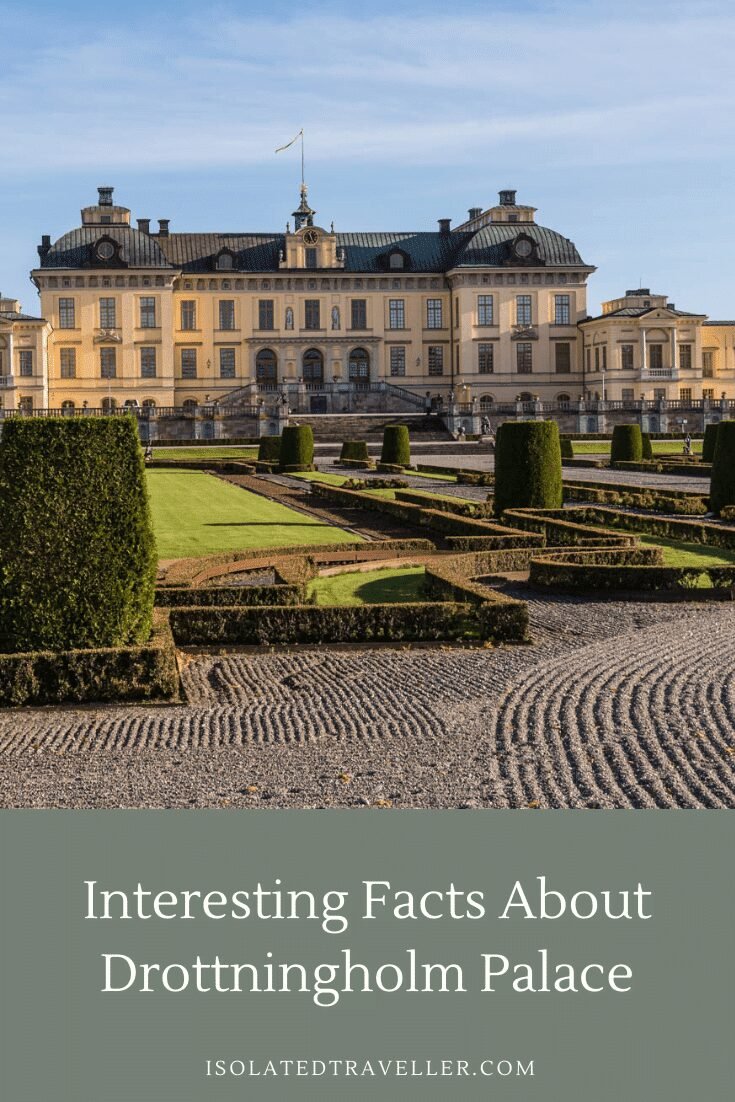Facts About Drottningholm Palace
-
The name Drottningholm, meanings “Queen’s islet”. came from the original renaissance building designed by Willem Boy, a stone palace built by John III of Sweden in 1580 for his queen, Catherine Jagellon.
-
Influenced by French prototype, the palace was built by architect Nicodemus Tessin the Elder by commission of Queen Hedvig Eleonora.
-
The palace and its grounds have seen many renovations, changes and additions over the past 400 years.
-
The palace church was designed and erected by Nicodemus Tessin the Elder. It was completed by his son in May, 1746.
-
The palace is a UNESCO World Heritage Site, mainly because of the Drottningholm Palace Theatre and the Chinese Pavilion. It was added to the list in 1991.
-
The Palace has also been guarded by the Swedish Military in the same fashion as Stockholm Palace.
-
The Drottningholm Palace is the private residence of the Swedish royal family.
-
The Palace is Their Majesties the King and Queen’s permanent home residence. The rooms in the southern wing of the palace are reserved for this purpose. The rest of the palace and grounds are open to the public year-round.
-
The Queen Dowager Regent Hedwig Eleonora bought the castle in 1661, a year after her role as Queen of Sweden ended, but it burnt to the ground on 30 December that same year.
-
The gardens and park areas surrounding the castle and its buildings are one of the main attractions for the tourists that visit the palace each year. The gardens have been established in stages since the castle was built, resulting in different styles of parks and gardens.


